Letters and numbers are the foundation for almost all educational activities and knowing them opens so many wonderful opportunities for exploration. But they can be hard and boring to learn…It’s all in the presentation! We will show you 7 great activities for learning letters and numbers
Article Contents
1. Factors that influence learning numbers and letters2. When is a good time to start learning Letters and Numbers?
3. Materials needed for Letters and Numbers activities
4. How to make a Board we will use for an activity
5. How to make Letters and Numbers
5.1. ACTIVITY 1: Recognizing Letters
5.2. ACTIVITY 2: Connecting Sound with a Shape
5.3. ACTIVITY 3: Connect Letters to a Word
5.4. ACTIVITY 4: Connecting Numbers
5.5. ACTIVITY 5: Connecting Numbers Backward
5.6. ACTIVITY 6: Connecting Even Numbers
5.7. ACTIVITY 7: Connecting Odd Numbers
Factors that influence learning numbers and letters
When talking about factors that influence the speed, and how easily children learn to recognize and use numbers and letters, we can talk about biological and environmental factors. Numerous studies have shown that genetics influence how easy children can learn to read, write, and calculate. There is also evidence that genetics plays a major role in learning disabilities like dyslexia or dyscalculia.
We can’t influence biological factors that much, but we can surely play a big role in environmental factors. Using activities that teach letter-sound relations and how to recognize written words helps children in mastering reading skills. And activities like reading stories aloud and discussing them with a child improve language and comprehension skills.
And what are some signs that can show us if there is a potential of reading and counting difficulties through the child’s life? Meta research shows that there are 3 factors that can predict the speed and ease at which the child could learn reading skills through early education: Letter Knowledge, Phoneme Awareness and Rapid automatized naming.
- Letter Knowledge: refers to knowledge that written letters or numbers correspond to specific phonemes in spoken words.
- Phoneme Awareness: refers to the ability to manipulate words or nonwords and recognize incomplete words. The best example would be the task: “Say the word “House” but without “H”. The answer should be “ouse”.
- Rapid automatized naming: refers to the ability of a child to rapidly name a list of letters, colors, numbers, and pictures.
These 3 skills are strong predictors of how the child will perform in activities that are connected with letters and numbers. If children are coping with those skills through early education, that can even indicate some learning problems. But as with all “tests” for children, we should be careful with drawing conclusions since there can be big individual differences, especially at an early age.
When is a good time to start learning Letters and Numbers?
There are big individual differences in certain developmental milestones and that’s especially pronounced at an early age. So, before starting any learning activity, think about your child’s current capabilities and interests. We want to provide activities that are just a little above his/her current capabilities so they are educational, but not frustrating. Unrealistic expectations can produce shame and frustration in your child and in the long run affect his/her confidence and willingness to try new activities.
So there are individual differences, but some general age when it’s an appropriate time for most children to start exploring letters and numbers is around 3 years old. Some children can learn to count mechanically to 10 even earlier, at 2 years. However, they don’t understand the concept of counting and numbers in general and are just repeating what they learned by heart.
Around age 3, children can start to explore different concepts around letters and numbers, recognizing them, understanding how sound and symbol are connected, how they can be chained… Of course, never force them to sit and learn. Make it fun and engaging and they will be interested to continue on their own. The more we learn about a certain topic, the stronger the connection between neural pathways in our brain forms and it will be easier to build upon that knowledge in the future.
We will show you 7 activities which are both educational and fun and you can adapt their complexity to your child’s capabilities and interests. In the spirit of STEM Engineering, we will also show you how to prepare your own learning materials, so you can include your child in the preparation. That will be a good opportunity to work on some motor skills development as well as creativity.
Materials needed for Letters and Numbers activities
- Colored paper (different colors if possible)
- Scissors
- Pencil
- Board (Styrofoam or regular cardboard to make your own)
- Pins
- Rubber bands
How to make a Board we will use for an activity
Watch the video at the beginning of the article for a step by step instructions on how to create the letters and numbers activity or read on for detailed explanations for each idea you can use.
If you want to make your own board, all you need to do is take a cardboard box (empty shoebox or from some gadget). You can tape decorative paper around it to make it more pretty and interesting. There should be empty space beneath the box so pins can go through it. Include your child in making it. They can cut paper or tape it, or even choose the decoration. STEM Engineering at work!
How to make Letters and Numbers
Write the letters and numbers on colored papers of your choosing (you can use one color for numbers and one for letters for easier discrimination).
Cut them with the help of your child. Using scissors is great for fine motor skills and oculomotor coordination. If letters and numbers are not perfectly symmetrical, even better! That will help your child with a generalization of shape. Letters and numbers have the same meaning even if there are differences in the way they are written.
ACTIVITY 1: Recognizing Letters
Write some words or sentences on a piece of paper and tell your child to copy them on the board with paper letters. This activity is based on recognizing the shape of letters, so it can be used as a starter activity.
ACTIVITY 2: Connecting Sound with a Shape
Tell your child a letter, a word or a sentence (depending on age and how hard you want it to be, but always start with simpler tasks) and ask him/her to use paper letters to write down what you said. This activity is more complex because the child must already know letters to do it, so present it only after you practiced recognizing letters.
ACTIVITY 3: Connect Letters to a Word
Prepare a board by putting scrambled letters on it and use a pin to secure them. Ask your child questions, such as “Where do you live?” or “What is your name?” and her/his task is to connect the letters in the right order with the rubber bands.
Make sure all the letters child needs are on the board with some extra to make it more difficult.
This activity combines testing your child’s knowledge about the world, practicing motor skills and understanding letters. You can, of course, make it simpler, by providing a word that your child needs to connect by telling it or even writing it.
ACTIVITY 4: Connecting Numbers
Prepare a board by putting scrambled numbers on it and use a pin to secure them. Ask our child to connect numbers in order. Depending on your child’s age and knowledge, you can start with only a few numbers (like connect 1, 2, 3) and go from there.
ACTIVITY 5: Connecting Numbers Backward
Same as in previous activity, prepare a board by putting scrambled numbers on it and use a pin to secure them. This time ask your child to connect numbers but backward, starting from a number of your choosing. This is a more complex activity since counting backward is a more abstract process for your child.
ACTIVITY 6: Connecting Even Numbers
When you are certain a child understands how to count numbers, suggest this activity. First, prepare a board by putting scrambled numbers on it and use a pin to secure them. Ask the child to connect even numbers in order.
Understanding even and odd numbers is important for further development of math skills. Even numbers are easier to understand so it’s advisable to practice them first.
ACTIVITY 7: Connecting Odd Numbers
When your child understands concepts of counting, counting backward and even numbers, you can start with this activity where the task is to connect odd numbers. As always, prepare a board by putting scrambled numbers on it and use a pin to secure them. Ask the child to connect odd numbers in order.
After practicing this activity, your child will have a solid base to understand all kinds of arithmetic sequences.
These are only suggestions for activities you can do with your child. You can make them as simple or complex as you wish, but remember to always take into consideration the current developmental stage of your child and his/her interests!
If it’s too simple, the child will be bored and won’t be engaged in the activity. If it’s too hard, it will lead to frustration for both you and your child. Fun and play are the best catalysts for learning, so make sure there are a lot of those. Happy learning!
If you want to start with something simpler and are just introducing letters to the preschool children, be sure to check Fun Activity to Introduce Letters to Preschoolers. And if these activities are too easy for your child, we recommend you check the How to learn Fractions fun and easy way activity. If you are interested in Number Pi (π), read the comprehensive article and learn all about that mysterious number. How about making your own cipher wheel? And for those “lost in time”, be sure to check how to make a cardboard clock and learn time.
If you’re searching for some great STEM Activities for Kids and Child development tips, you’re in the right place! Check the Categories below to find the right activity for you.

STEM Science
Videos, guides and explanations about STEM Science in a step-by-step way with materials you probably already have at your home. Find new Science ideas.
Read more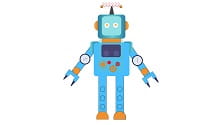
STEM Technology
Videos, guides and explanations about STEM Technology in a step-by-step way with materials you probably already have at your home. Find new Technology ideas.
Read more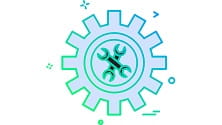
STEM Engineering
Videos, guides and explanations about STEM Engineering in a step-by-step way with materials you probably already have at your home. New Engineering ideas!
Read more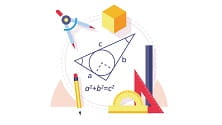
STEM Math
Videos, guides and explanations about STEM Math in a step-by-step way with materials you probably already have at your home. Find new Mathematics ideas.
Read more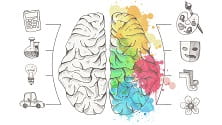
Psychology
Find out all about development psychology topics that you always wanted to know. Here are articles from child psychology and development psychology overall.
Read more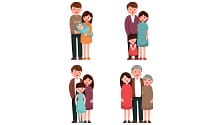
First year of Child’s Life
Following a Child’s development every month from its birth. Personal experiences and tips on how to cope with challenges that you will face in parenting.
Read more
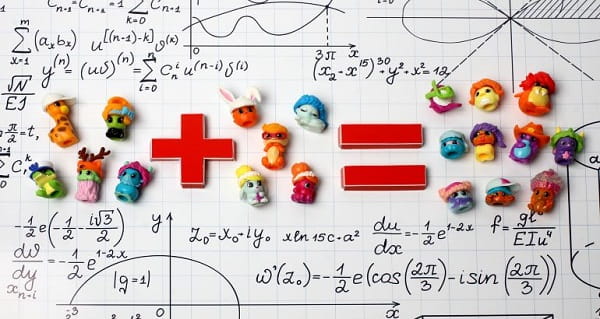
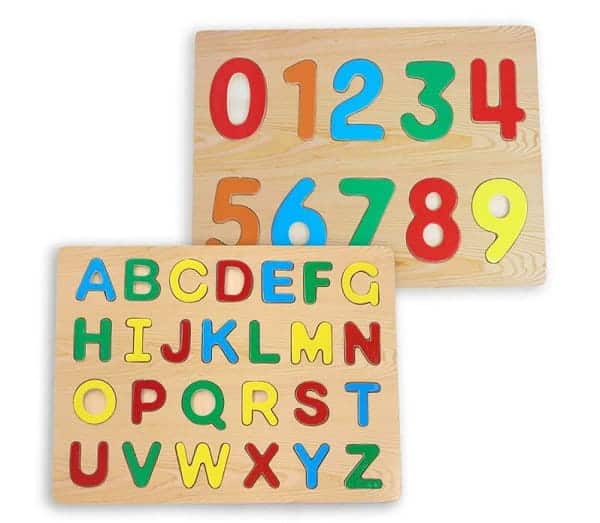
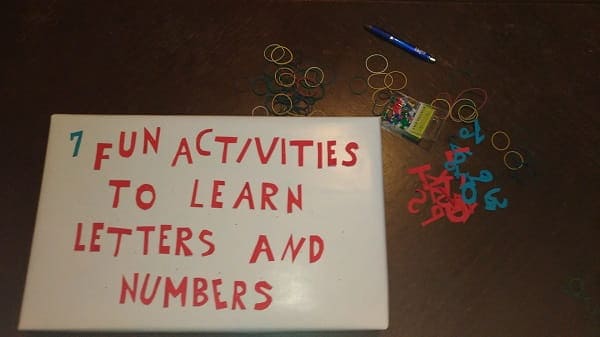
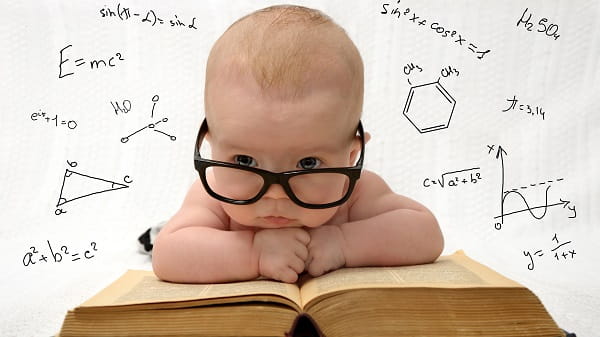
One thought on “7 fun Activities to Learn Letters and Numbers”